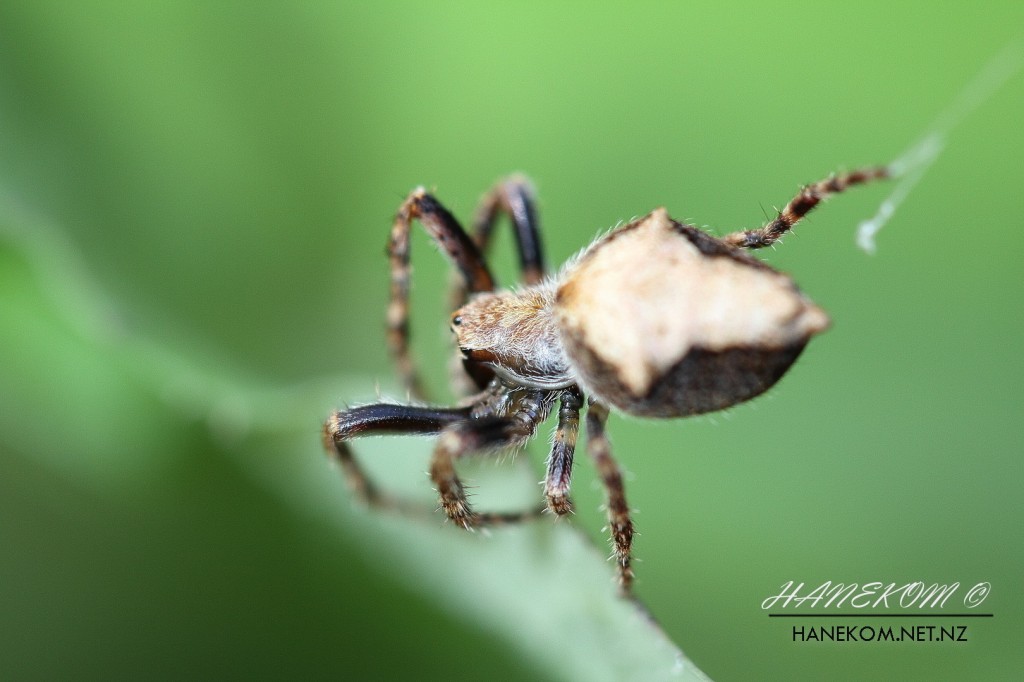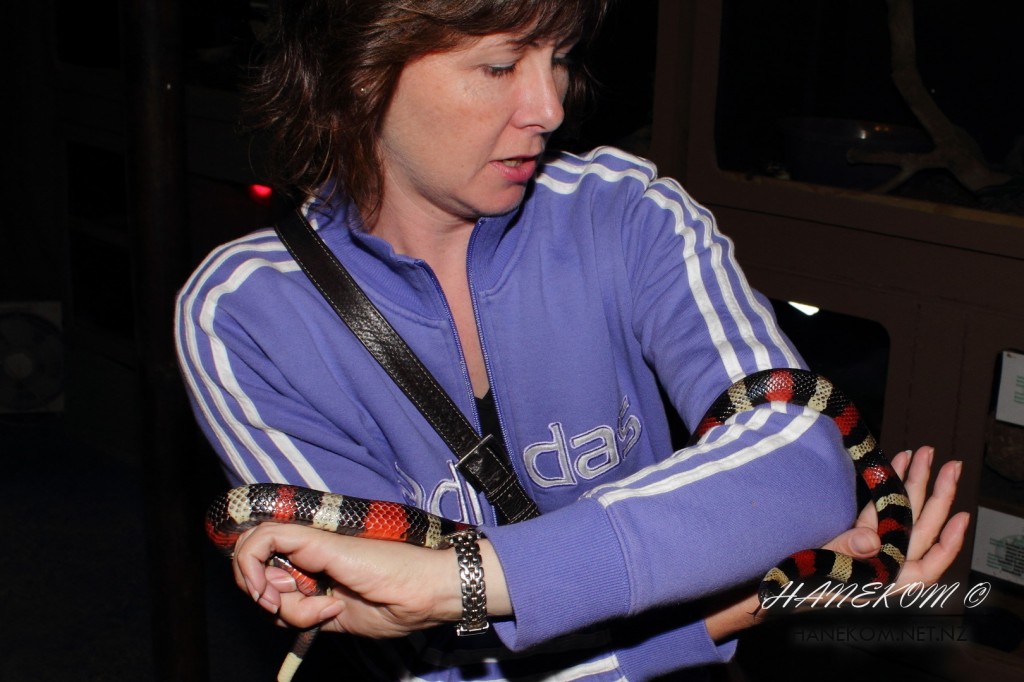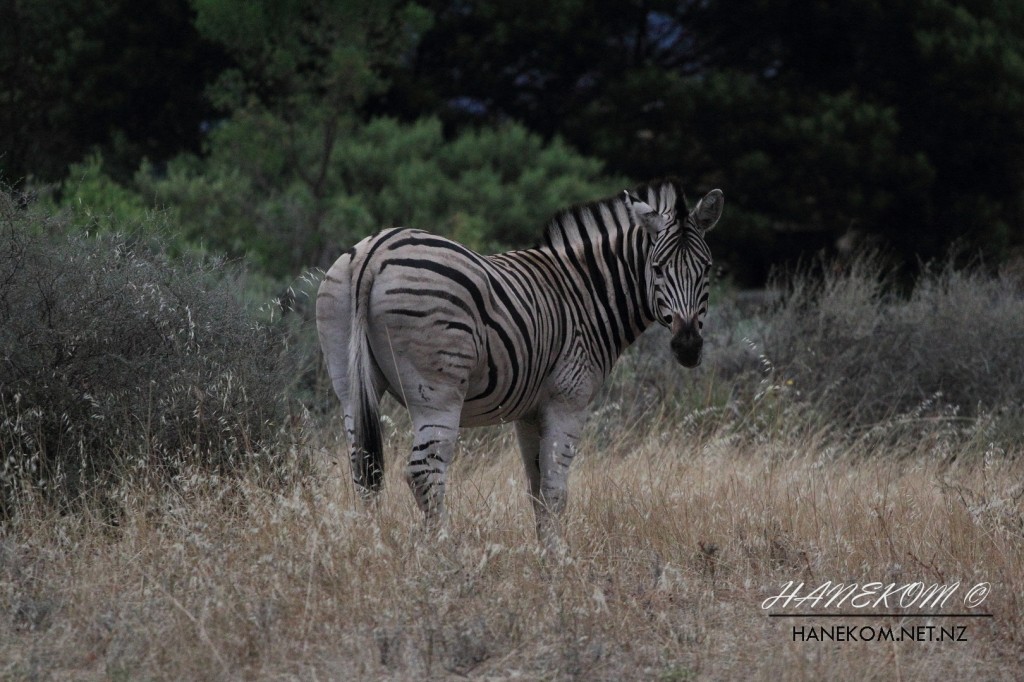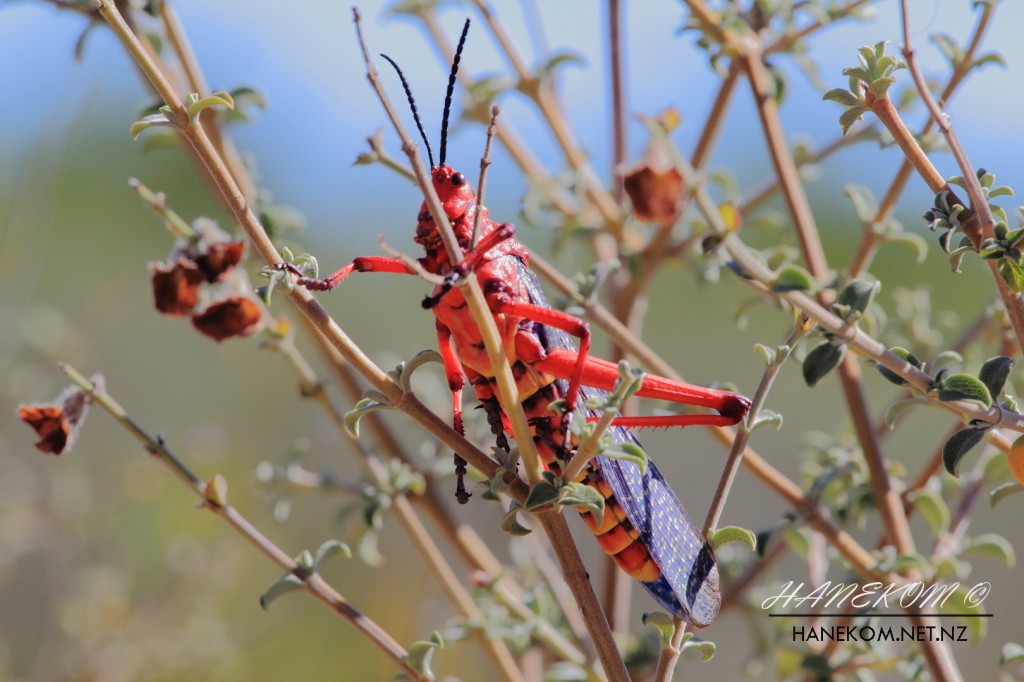Autotomy (from the Greek auto- “self-” and tome “severing”) or self amputation is the observed behaviour where an animal discards one or more of its own appendages.
This is usually done as a self-defense mechanism. The lost body part may be regenerated later. The best known example is most probably the gecko’s tail.
Under natural conditions, orb-weaving spiders undergo autotomy if they are stung in a leg by wasps or bees.
(#70 of 100)



